Video streaming is not just entertainment anymore. It’s a full-fledged multi-form business venture. Video streaming business can take the shape of an eLearning platform, a dedicated communications tool, an on-demand entertainment platform, or a crucial medical support streaming for doctors. Video has expanded its reach and now its dynamic nature enables trainers, educators, and corporates to launch their own fully functional OTT streaming services. This blog talks about how to start a streaming service.
While the opportunity is very massive here, opportunity alone cannot yield profits. Launching your own video streaming service or online video platform is no small task. It is a complex infrastructure that deals with content delivery, its security, its marketing, and last but not least, the endless apps and ecosystems where you want to stream your content.
That is exactly where platforms like Muvi One come in. A fully functional no-code OTT platform and app builder tailored to the specific video streaming needs of every industry. We will talk about Muvi One a little later, but first, let’s talk about how one can launch a streaming platform for their business.
In this guide, we’ll walk you through everything you need to know to launch your own streaming service, everything before you hit “Go Live.”
Step 1: Define Your Niche, Target Audience & Know Your Customer
Not all streaming platforms are trying or should try to become the next Netflix. The video streaming business is a vast business that deals with a variety of audiences, which can be categorized in multiple ways based on monetary and interest factors. The most successful streaming platforms tend to find a niche audience and try to serve them better than anyone else. Before we get into how to start a streaming service, we first need to decide who this streaming service will cater to.
Even with Muvi, there are customers that run successful sports training platforms, and there are also customers who use Muvi One to run their free-to-watch healthcare and mental health wellness content. There are customers who want a video streaming website, and then there are some who want video streaming apps. What we therefore want to emphasize is, the first step for any OTT platform owner is to decide what they want to sell and to whom they want to sell it.
Ask yourself:
Who are my ideal viewers?
What are their needs, habits, and pain points?
What kind of content will they value most?
For example:
Fitness Creators: Offer guided workouts, nutrition plans, and live sessions.
Educators: Deliver structured courses, lectures, and certifications.
Entertainers: Stream movies, TV shows, or independent films.
Corporates: Host internal training, onboarding, and communication videos.
With Muvi One, you can tailor your platform’s UI, content categorization, and pricing to perfectly match your audience, whether that’s a local audience or a global fan base. So start by asking who my audience will be, and that will open the door for the next step, which is, how will I earn from them?
Step 2: Define Video Monetization Strategy, aka Business Model
The idea is one thing, execution another. An online video streaming business’s success depends on its technology and how it’s going to earn money. Let’s talk a little more about how your video content can earn money. Obviously, there is more than one way in which you can earn money from streaming video. Take an example of these online video streaming business. YouTube earns from ads, Netflix via premium subscriptions, and OnlyFans via donations from its viewers.
What this means is there is no hard and fast way to earn from a video streaming service, and it all comes down to how you wish to do it for your platform. However, in the OTT industry, there are a few key ways in which people monetize their content.
Subscription Video on Demand (SVOD)
As the name suggests, the users pay a monthly or yearly subscription fee to the content owner in return for a premium, gated content viewing experience. The best example is Netflix, where once you pay the subscription fee, all the content is available for consumption. SVOD is a good option as it gives you a predictable revenue stream and at the same time, garners loyal subscribers over time.
It is ideal for entertainment, eLearning or fitness content libraries looking to sell their content as part of a package.
Advertising Video on Demand (AVOD)
In AVOD, the end user does not pay for the content, but advertisers do. A unique video monetization strategy, YouTube, the billion-dollar venture, runs on AVOD and has successfully made video consumption a habit and video-making a viable career for the thousands of content creators on the platform.
AVOD is especially good for content owners who are beginning their video business, as it has a lower entry barrier for the user, so that the user can take risks. However, its demerit is that it can give variable revenue based on viewership, and hence, budgeting can become complex. Ad-supported content is the ideal way, especially if you are into live streaming or trying to go for a YouTube-like platform that promotes user-generated video content.
Transactional Video On Demand (TVOD)
Similar to SVOD, users pay for the content; however, as the name suggests, the monetization is transactional. Users are not recurring in terms of payment or access to the content. Instead, they simply pay and enjoy what they want to watch before streaming video.
With live streaming leading the video business, TVOD is a great option if you plan to market exclusive and premium video content, such as live concerts, sporting events, etc.
Hybrid Monetization Models
Today, having a single monetization model is not enough. If you plan to start a streaming service, you should also think about going hybrid. The video streaming market is flooded with multiple monetization models, and all successful streaming service are going towards hybrid ways to sell their video content.
YouTube, initially meant to be an ad-driven AVOD business, now sells ad-free SVOD plans to those who need an uninterrupted experience.
Prime Video, which worked solely on SVOD, now sells cheaper versions where users can pay a lesser amount but will have to watch ads.
YouTube also sells movies on a TVOD basis.
All of this indicates a general shift towards a more hybrid monetization strategy. People are expanding their revenue opportunities, and so should you when the time comes. These were the 4 main monetization models, but there are more, such as freemium mode, where content is shared for free. There is a crowd-funded model, like OnlyFans, where users pay any amount they wish to watch content.
The moral of the story is to take time to decide how you want to earn. Start with the basics, but do not be stuck. Make hybrid versions of your monetization if business demands. It’s your own streaming business, and rules can change.
Step 3: Content Aggregation & Distribution Strategy
In any video streaming business, your video content is your ultimate product. It’s the thing that matters most for your OTT streaming service. Hence, planning what you want to stream, where you want to stream, and how you want to stream is crucial for any video streaming business.
Here are primarily 3 ways content aggregation works.
Develop Original Content
Develop your own videos, shows, tutorials, or live sessions. This gives you full control over rights and branding. Seems great, but this comes with far greater costs, as creating content comes with its own set of challenges and monetary considerations. So if you are an educator, a filmmaker, or an accomplished artist in any field, you can develop your own content and sell it to your audience.
License Existing Content
Not everything has to be unique. You can also purchase or lease distribution rights for movies, documentaries, or shows. Licensing helps you scale your library quickly. This works great for regional and small players who can start working with specific genres and regions, and slowly aggregate content and earn from it by streaming it for the audience. All you need is the video files and the right streaming software.
Enable User-Generated Content
For this strategy, all we can say is learn from YouTube. Most of the content available on YouTube is user-generated content. It’s a two-way platform where creators upload content, users watch it, and the platform earns via subscription and ad revenue. A portion of revenue is then obviously allocated to the content creators.
With advancements in technology and the easy availability of a great tech stack to shoot and edit content, UGC is ruling the internet today, and if you build a platform, a niche one dedicated to a particular category like fitness or science, there is a huge potential in it for the platform owners.
Once you have your content, you’ll need an efficient way to organize and manage it. Muvi Flex, Muvi’s video hosting solution, helps you store, tag, and stream content securely while ensuring high-quality playback across devices.
Coming to the distribution strategy, that can vary depending on who and where you want to stream content. Each country has its own broadcasting rules and regulations, and we advise you to have a strong legal backup before launching your platform in any of the regions.
Choose The Right Tech Stack Like Muvi One
A streaming platform, a professional one built to scale, is not just about ideas and videos. Its about the deployment of those ideas, and while doing so, multiple technologies work together to create the seamless content consumption experience. An ideal technology stack must be equipped to deliver and manage content in a way that gives the most optimal experience. These are a few essential components that become the backbone of any video streaming solution, giving it the robust technology foundation that it needs, be it live, on-demand or FAST-based.
All-In-One Dashboard
The most crucial part of the tech-stack, a dashboard, which is responsible for the effective organization and tagging of content. It enables you to manage and enable bulk uploads, content categorization, scheduling, playlist creation, and much more.
As the video library grows, a strong video dashboard ensures that workflow remains smooth and content delivery is uninterrupted.
CDN (Content Delivery Network)
A CDN ensures that your videos stream smoothly, no matter where your viewers are. It distributes content across multiple servers globally, minimizing buffering and latency. Devices and internet speeds vary, the number of people streaming varies, and to ensure smooth content playback, a good CDN must be deployed.
Muvi One integrates with leading CDNs, ensuring ultra-fast, buffer-free playback even during peak traffic.
Video Player
A video player is another important component of your tech stack. Videos today are massive, come with endless addons such as subtitling, multi-audio, polls, and whatnot. Often, these also need to be customized. Lastly, it also reaches in multiple forms such as a browser-based laptop screen, an Android application, a TV app, and more.
Always ensure that you have a customizable online video player that is capable of streaming content securely as per your requirements.
Video DRM & Content Security
Piracy is a major concern for all streaming businesses. Digital Rights Management (DRM) ensures that your videos are viewed only by authorized users and can’t be downloaded or redistributed illegally. There are a few things that are a must to secure your content online.
Multi-DRM to secure content at the endpoints or point of streaming.
Forensic watermarking to detect and track content leaks.
Geo-blocking to restrict access as per contracts and regional regulations.
Screen capture prevention
Content security is a vast topic, and Muvi One, an OTT platform builder, comes with everything that you will ever need to secure your content online.
Payment Gateway Selection
Defining how you will earn is one thing, and collecting that amount is an entirely different tech requirement. Defining payment methods is important and comes with its own set of challenges. Several countries need carrier billing, and many simply swipe the card.
Plus, there are multiple other tax obligations too. Not to forget the fact that for 200+ countries, there are 200 different currencies, and conversions are critical and depend on a variety of factors. Choose a platform that supports multiple payment gateways, has automated billing options and has the flexibility to offer region-based dynamic pricing.
Analytics & Insights
Any internet business runs on data. Knowing how your content is performing gives you the leverage to try new ventures, invest better, and make data-backed decisions. For a video streaming platform, this means tracking crucial KPIs and analytics for your video streaming platform, just like HR teams rely on AI recruitment software to continuously optimize their hiring funnels using real-time insights.
Track viewership patterns, engagement rates, and drop-off points.
Monitor subscription trends, ad performance, and revenue reports.
Use insights to make smarter content and marketing decisions.
Multi-Platform Streaming Capability
Streaming no longer happens just on TV sets. It happens on mobile phones on the go, on massive screens at home, on laptops while working, and on streaming sticks such as Amazon FireTV. Ecosystems are expanding, and so should be the ability of your tech stack. A few essential places your content must stream are:
Each of these components plays a vital role in ensuring your streaming platform’s success. However, integrating them all is a task that can take months and require significant investments.
Muvi One: Your One-Stop OTT Builder
Getting the tech stack mentioned is difficult. However, that should never stop you from launching your own video streaming platform. If you do not want to manually focus on each of the aspects of video streaming solutions, we have a software solution that can help you seamlessly launch your video streaming platform in just a few days.
Sounds unbelievable? Well, try our free 14-day trial and experience yourself.
Between managing content, ensuring seamless playback, securing revenue, and providing a stellar user experience, there’s a lot that goes into getting it right. Muvi One, backed by Muvi, has years of experience in building successful OTT streaming solutions for 100s of its clients. If you’ve ever dreamed of building your own Netflix, MasterClass, or YouTube, there’s never been a better time to start, and Muvi On, with its following list of features, is the best way to successfully launch it.
You focus on creating content, while we will ensure it reaches your audience.
Notable Muvi One Features
AWS-based scalable cloud infrastructure
100% white labelled OTT platform builder
Automatic encoding and transcoding of content
40+ Apps and ecosystem options
Supports multiple monetization and payment options
Out-of-the-box video content management system
Fully customizable online video player
GDPR compliant video security deployments
Multi-DRM content security
3rd party integration support
The list of features are endless. Please take a free 14-day trial to learn more.



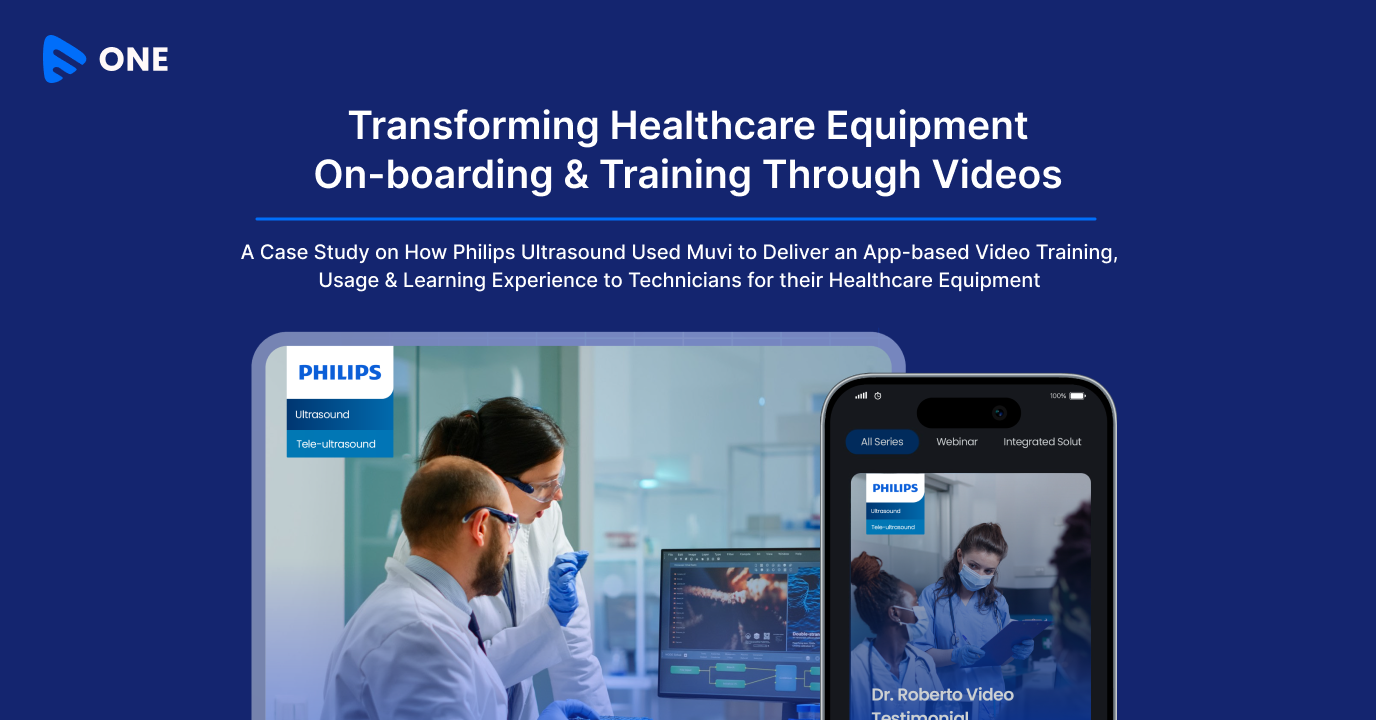
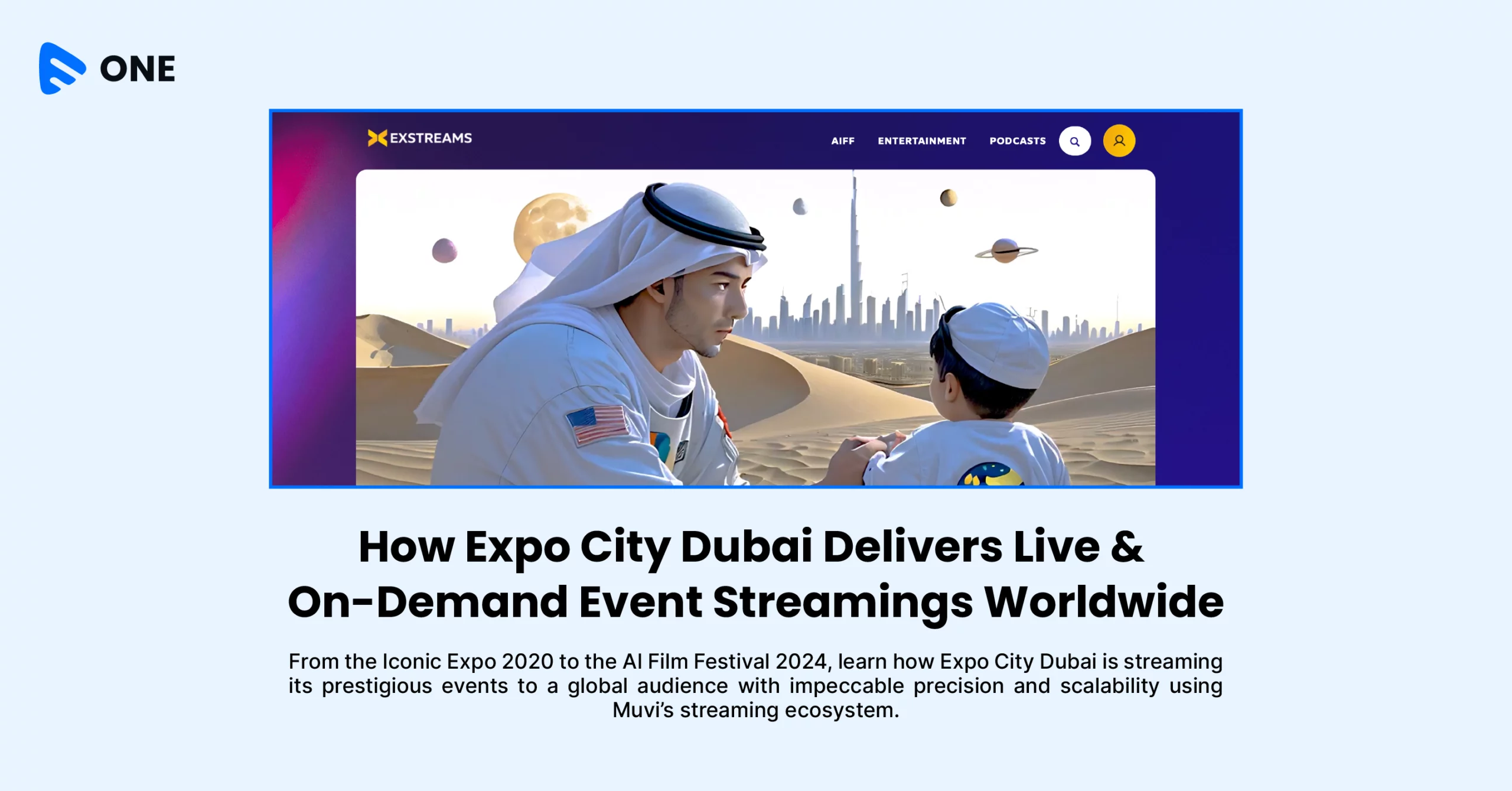

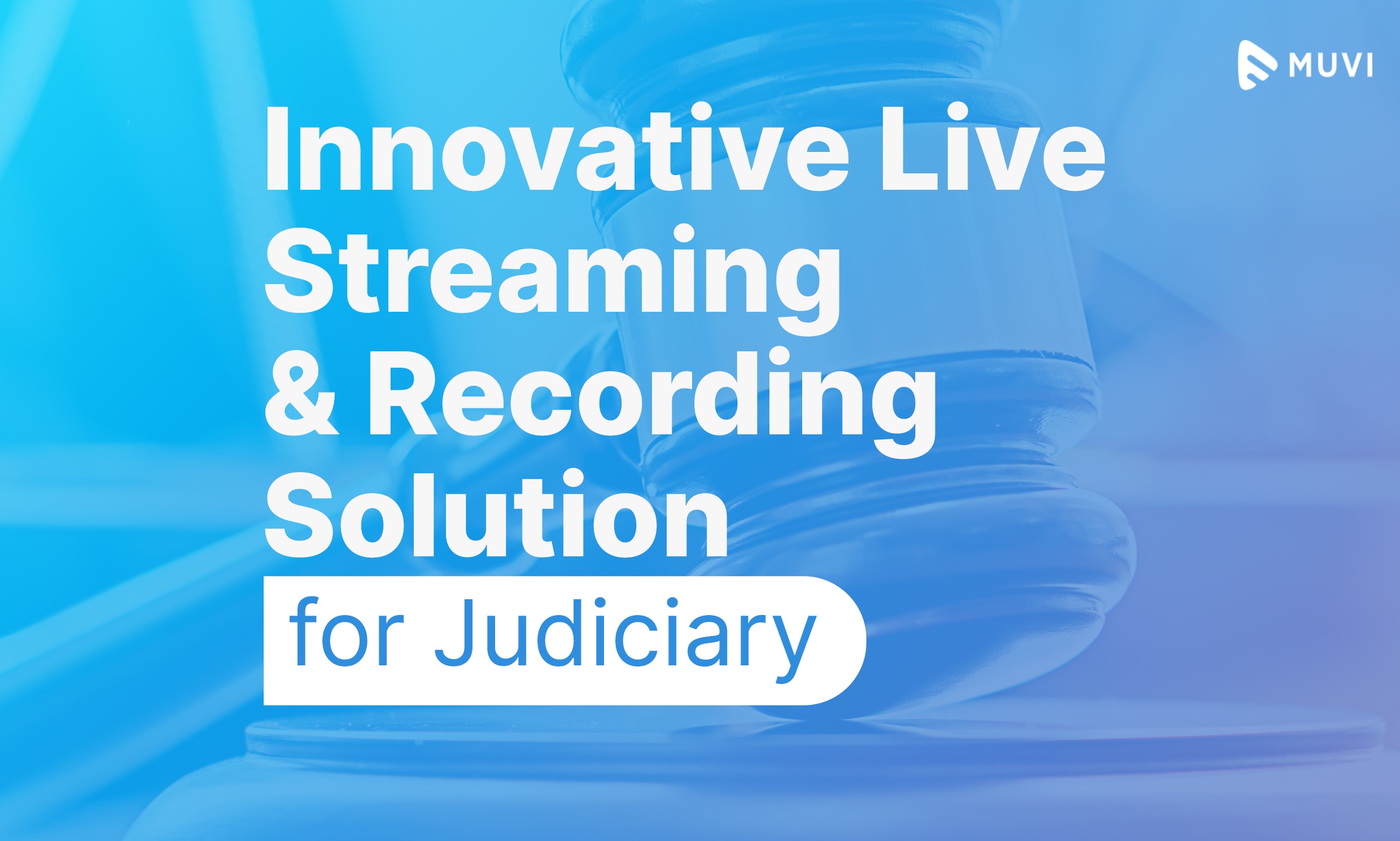


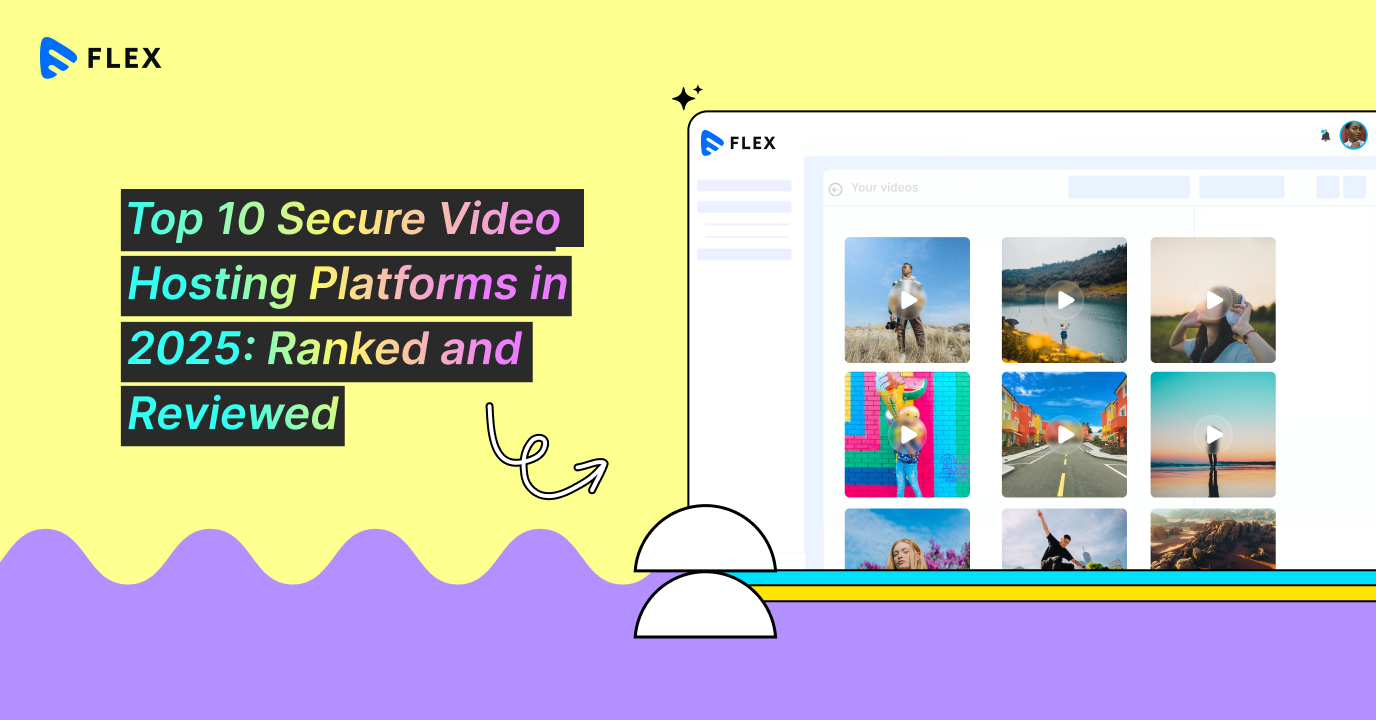
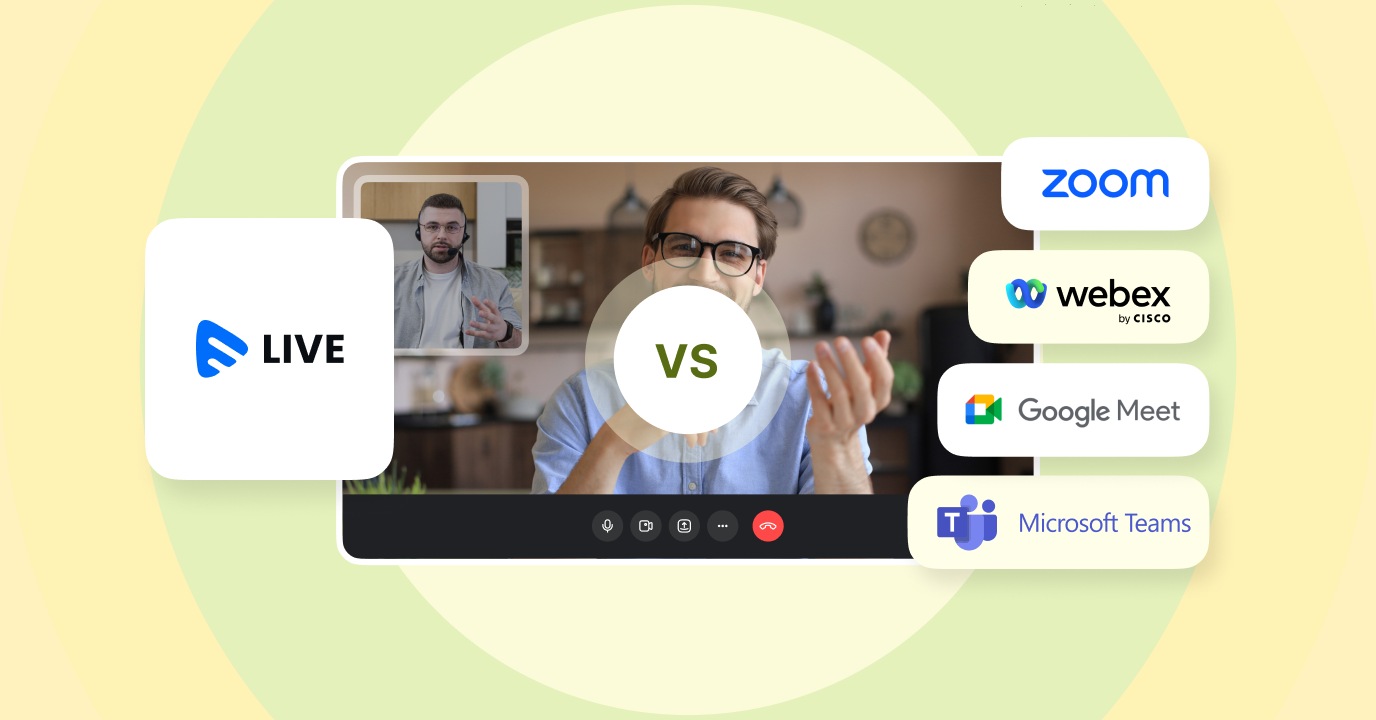


Add your comment